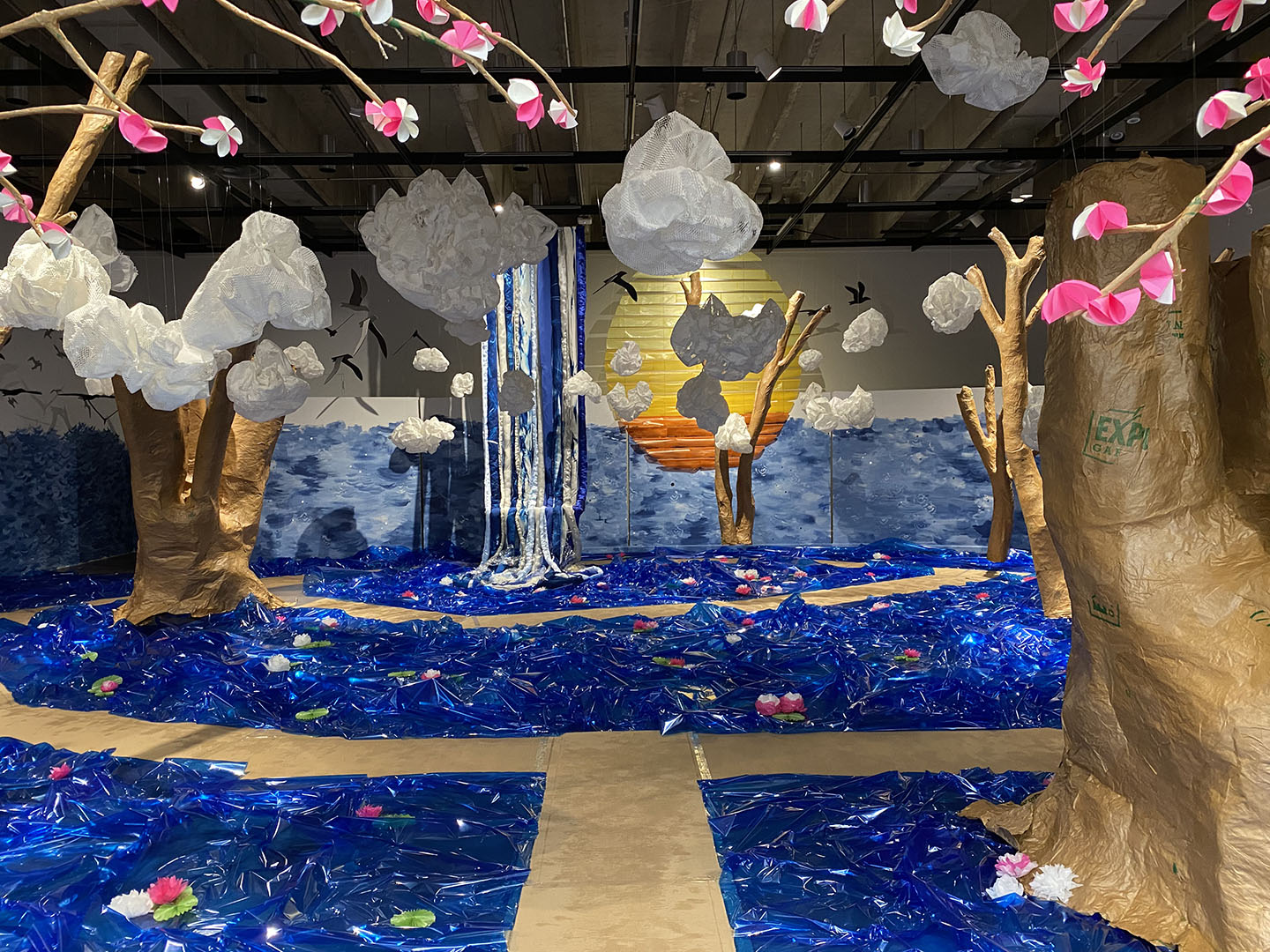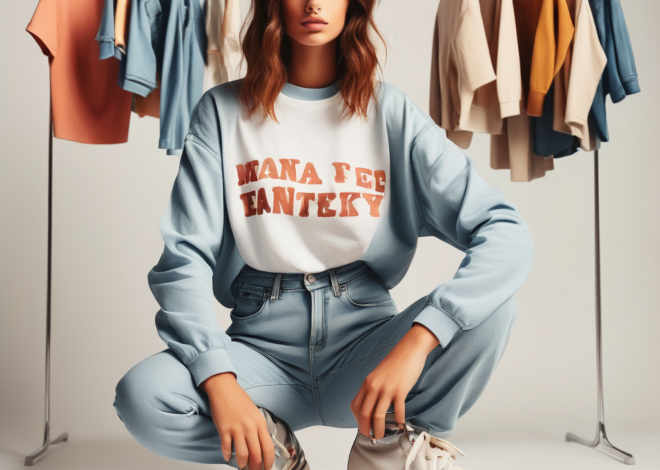
Floating World in Fine Arts Gallery
Throughout the summer, six artists came together and created a world from scratch. The Floating World is featured in the John A. Day Gallery now until Oct. 9.
Amy Fill, Director of the University Art Galleries and one of the six artists, said much of the inspiration for this gallery comes from Japanese art prints called Ukiyo-e — meaning floating world.
Artist Dillon Bryant is currently curating an art show in gallery 110 within the Fine Arts building consisting of Ukiyo-e prints and helped derive some of the inspiration for The Floating World Project.
“The prints depict everyday, marginal life,” Bryant said.
Themes found in the Ukiyo-e prints directly relate, Fill said, to themes within the space created.
“We wanted to create a place to be still, to reflect and a place to grow and develop empathy,” Fill said. “It’s a place to escape the chaos of the world we’re in now.”
Artist Courtney LaVallie said the inspiration came from the elements within the prints but it also came from the local environment.
“Spirit Mound, the prairie, the birds we see in the midwest are all sources of inspiration,” LaVallie said.
The project is made with various materials. Paper mache trees, a fabric waterfall and sun, cellophane water, clouds of packing material and a painted wall — all these items come together to create the floating world within the gallery.
“It’s important to note that we all had something to bring to the project, but we also learned a lot from each other throughout the project,” LaVallie said.
Lindsay Seier made the water, Lacey McLouth made the clouds, LaVallie made the sun, and Levi Sternburg, Fill and Bryant, made the paper mache trees. Together, they created the world together.
Bryant said a photographic process called cyanotype was used to create the blues seen throughout the gallery.
“It’s a light sensor process,” Bryant said. “Exposure to sunlight forms images and deep, rich blue colors.”
The entire floating world is made from two dimensional objects, made into a three dimensional world.
“We created a form with all of those two-dimensional objects bringing it into the three dimensional and this directly ties in with the prints,” Fill said.
Collaboration brings forth a different art process for artists, Fill said.
“We definitely had to be adaptable, to be able to bounce ideas off of each other, to listen and to work together,” Seier said.
In circumstances previous to COVID, this project would not have come to be, Fill said.
“What was really interesting was we collaborated because of COVID. We wouldn’t have experienced this,” Fill said.“Because everything was canceled we had the opportunity to do this and be creative, together.”

